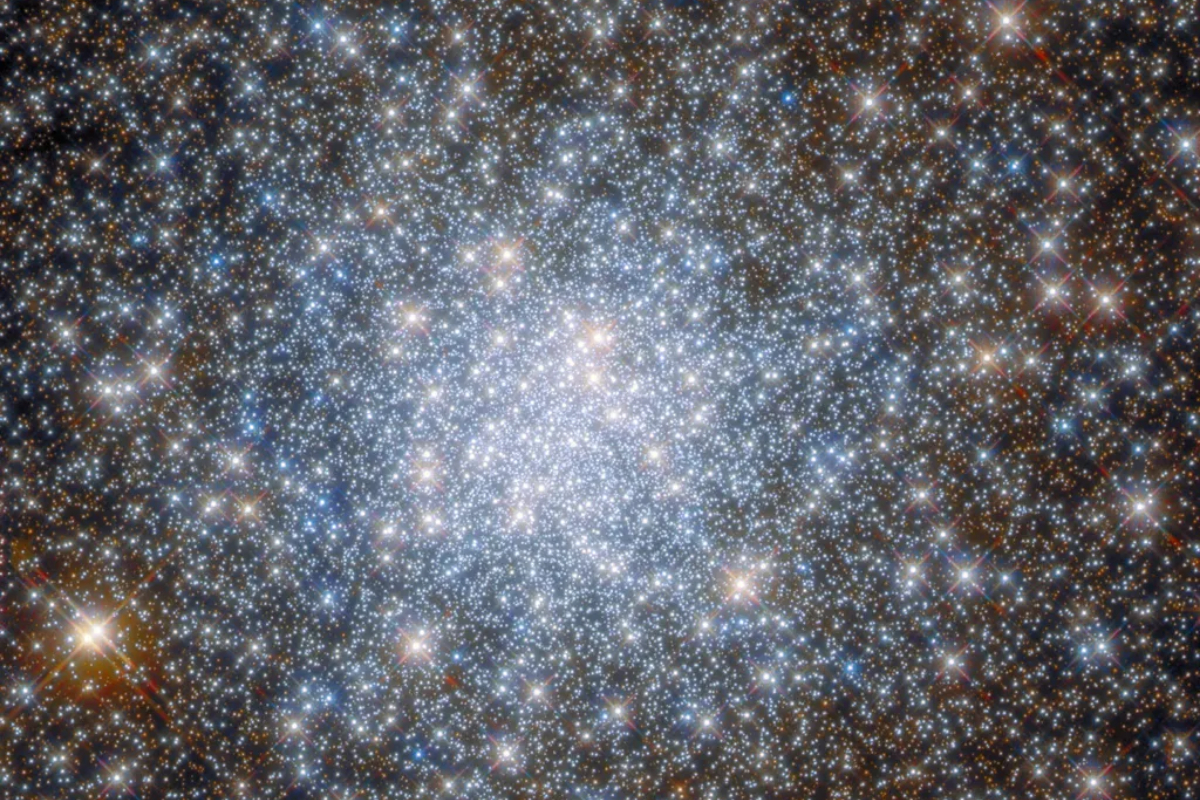- It displays how many stars are in globular clusters.
- This picture was taken using Hubble’s Wide Field Camera 3.
- The NASA/ESA Hubble Space Telescope captured this starry sky.
This beautiful starry photo displays NGC 6638 in Sagittarius. The NASA/ESA Hubble Space Telescope captured this starry sky. It displays how many stars are in globular clusters, stable collections of tens of thousands to millions of stars. This picture was taken using Hubble’s Wide Field Camera 3 and Advanced Camera for Surveys.
Hubble changed the way globular clusters are studied because telescopes on the ground can’t see the stars in them well enough to tell them apart. Because of Earth’s atmosphere, it is hard to tell one star from another. However, from Hubble’s position in low Earth orbit, the atmosphere is no longer a problem. Hubble has been used to find out what kinds of stars make up globular clusters, how they change over time, and what role gravity plays in these dense systems.
Now, with the NASA/ESA/CSA James Webb Space Telescope, we can look into globular clusters that are currently hidden by dust. This will help us learn more about them. Webb will do most of its observations in the infrared, which is less affected by the gas and dust that surrounds new stars. This will let astronomers look at star clusters that are just starting to form, giving them information about star populations before they have had time to change.
[embedpost slug=”galactic-conjunction-captured-by-hubble-space-telescope/”]





















